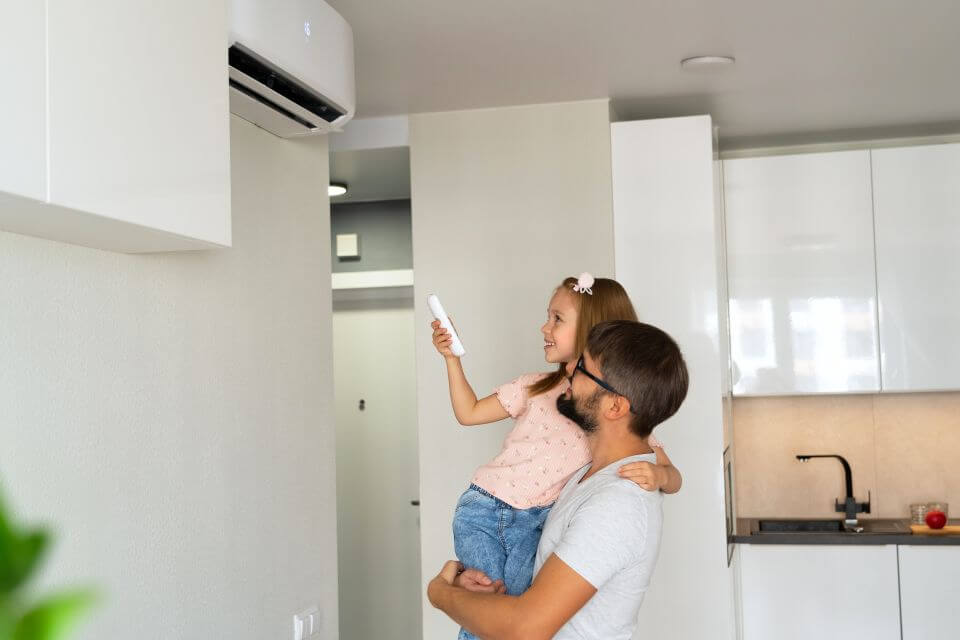Social media may seem like it’s been around forever, but it’s still a relatively new technology.
Social media is defined as: forms of electronic communication through which users create online communities to share information, ideas, personal messages, and other content. According to a 2019 Pew research report, 72 percent of US adults used social media in some aspect. Just 14 years before, the year Facebook was created, that percentage sat at five.
While most of us access our favorite social media accounts each day, check up with friends on Facebook, or scroll through our Instagram feeds for ideas and inspiration, for marketers, it’s not just about sharing your daily habits. If you look for inspiration, it’s easy to wander into an account where engagement is booming. That makes it confusing when you head back to your own account, and find few followers and no one engaging.
What can you do to get your social engagement moving forward and helping your business grow?
What is social media engagement?
Before we talk more about how to increase your social media engagement, it’s important to understand what it is.
Social media engagement is a set of metrics that looks at things like comments, likes, and shares. It takes into account not only what content you’re sharing in your feed, but also how the audience reacts to it once it’s in place.
As a business marketer, you already have an understanding of growing a list. Quality over quantity is all that matters. You can have a million visitors to your website, but if you’re trying to sell vegan ideas to a group of hungry carnivores, you’ll fail.
That’s the general premise behind social media engagement. “Build it and they will come” doesn’t apply. The key is creating a social media platform that represents your brand experience, and works hard to develop meaningful relationships with prospects and clients.
Social media engagement is measured in a variety of ways, including:
- Comments
- Likes
- Shares
- Retweets
- Follows
- Click-throughs
- Tags
- Mentions
- Hashtags
If anyone interacts with your social media account in any way, it’s a form of engagement. The key is in moving and controlling engagement as you grow.
Why is social media engagement important?
Social media engagement is your brand awareness. It helps strengthen the relationships you’re building with your audience. If prospects and customers engage with you online, you get the opportunity to get to know your customers on a deeper level. You can respond, answer questions, interact, and show off your customer service skills in a way that fits with your brand.
It can also help you strengthen the loyalty of people who follow you. The more you engage with people that like your content, the more they’ll continue liking what you’re offering. It takes time to build trust. Once you do, and they fall in love with you, you can make different offers to keep them engaged and buying from you.
This also leads to increased sales. By being active on social media, you can learn how to use it in creative and fun ways. This is what makes social media so enticing. How about running a contest where people post their favorite photos using your product – with your branded hashtag, of course. Or maybe you just offer a slew of helpful tips. People come to realize that you are the authority in what they want most. They trust you. Of course, they want to do business with you.
Dig Deeper
Future-Proof Your Business With Online Marketing
How Online Reviews Help Your Business
How to increase social media engagement
A lot of businesses take the “cross your fingers and hope people find you” way of growing their social media accounts. While there are always case studies of accounts that make it big that way, it’s important to note that rarely happens.
In 2020, the average post engagement on Facebook stood at 0.11 percent. While that varies depending on the social media site you’re on, overall, engagement remains low across all social media platforms.
The only way to improve it is to do something about it.
Start by analyzing your engagement
Rather than leaving your engagement strategy as a shot in the dark, it’s important to know where you currently stand and track data as you begin to make improvements. This gives you valuable information into what works, and what doesn’t.
Create your strategy
This is never a “one size fits all” solution. Instead, this is about identifying your goals and understanding what you’re hoping to achieve through your social media account. A local pizza restaurant would have a much different strategy than a product that is sold worldwide. This is a great place to bring in experts who understand the metrics of social media engagement and can help you develop a strategy that works well for your marketing needs.
Understand your audience
If you haven’t defined your customer avatar, now is the time to start. This gives you a good understanding of who they are, their demographics, their likes, wants and desires, and what they’re looking for when they head online. Do they want to be educated? Entertained? What type of content? When do they most often consume?
Create your content
The good news about social media content is it’s very forgiving. Try something. Does it work? Go in a different direction. Does it change engagement? The most important part of the process is consistency. As long as you’re posting regularly to your branded accounts, you’ll discover what your audience likes, and where they stay quiet.
Stay on topic
While we’ve just recommended that you get creative with your content, there are also ways to move too off topic. This is where it’s necessary to understand what your audience wants. There are ways to mix current events with your brand – play around with both your graphics and your message. Find ways to bring relevance back to the message your brand is trying to convey.
Pay attention to the conversation
Social media isn’t a one-sided conversation. Use hashtags, tags, comments and other tools to listen to what people are saying. This allows you to further engage with your audience. While you don’t have to acknowledge comments in real-time, you should be monitoring it frequently enough to keep the conversations alive. If you have to go back in time to consider where a conversation started, you’re too late for engagement.
Think beyond the account
Getting people active on social media can be fun. But the purpose is to move them away from the free account and into something you control. Use landing pages, email campaigns, website content, and other curated material to help control where your audience goes. This is where conversion has the opportunity to explode.
How active are you on social media? Do you know the metrics for your social media engagement?
If you did, how would it improve the bottom line for your business?




